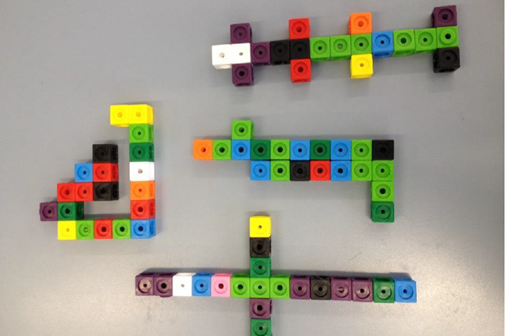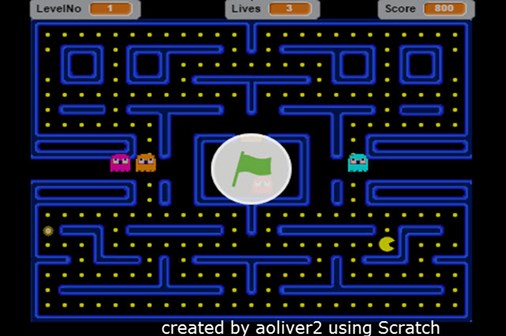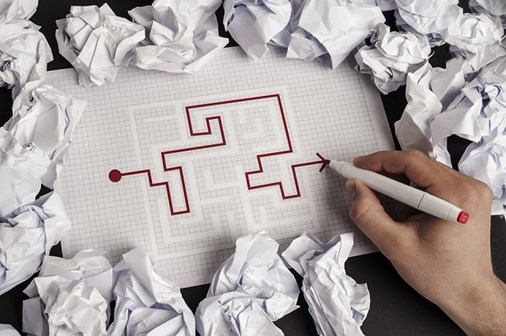Lesson ideas
These lesson ideas can be used to teach the key concepts of the Digital Technologies curriculum.
Elemental learning design
Many of the lessons are based on the Elemental learning design. Take a closer look at the learning design.

Can an AI recognise what you are drawing
This lesson provides an opportunity to incorporate representation of data using a relevant context being studied in the classroom.
About Foundation lessons
At the Foundation level, representing data as objects, pictures and symbols to convey information. This can include images, emojis, or icons to communicate ideas or observations. For instance, emojis can express emotions, symbols can depict weather forecasts or observations. Representation is an abstraction of an observation, capturing and expressing information through symbols, visuals, or other forms to convey meaning.
Search Foundation lessonsAbout 1-2 lessons
At the 1-2 level, following and representing algorithms is a key part of the Digital Technologies curriculum. Students follow a short ordered sequence of steps to achieve a particular outcome. They also write, say, draw, or photograph the steps in the correct order to solve a simple problem. View this lesson as an example of learning about algorithms.
Search 1-2 lessons
Snap block models
Create a model using snap blocks 1 block high and create a code so someone else can build your model.

How can AI recognise what it sees?
This lesson is an introduction to the way in which a computer sees.
About Year 3-4 lessons
Using a real world context enables students to study aspects of Digital Technologies and meaningfully integrate other learning areas. For students in years 3–4, the focus for data representation is on how the same data can be represented in different ways. An example of this is data in a table represented as text or as images or a combination of these. Image recognition is an area of AI that has many applications and a useful way to study data representation.
Search Year 3-4 lessonsAbout Year 5-6 lessons
Solving a problem by creating a digital solution draws on a range of students' knowledge, skills and processes. Students draw on their design and computational thinking as well as critical and creative thinking. Using a digital game as a context provides an opportunity to build on their programming skills. View this lesson as a example.
Search year 5-6 lessons
What makes a good game?
This lesson sequence allows students to explore design thinking processes to investigate how games are designed, created and played.

Sphero maze
This lesson will explore how to program the Sphero using functions and show the benefits of decomposing the behaviour of the Sphero into functions, instead of writing line by line repeated behaviours.
About Year 7-8 lessons
In years 7-8, programming is text based and students are introduced to the idea of a function as a way of efficiently writing a computer program. This lesson is a great way to introduce the idea using automation of a robot.
Search year 7-8 lesson ideasAbout Year 9-10 lessons
In years 9-10 students learn that data can be compressed by removing redundancy without loss of information. Software engineers develop algorithms to reduce the size of images and text by looking at patterns in the data. Students explore manipulating information in a pixel to remove some information and reduce the memory size of the file. They also explore the balance between quality and small file size. This lesson employs data representation, abstraction, pattern recognition, data analysis, and algorithm design.
Search year 9-10 lessons
Seeing the big picture
This practical lesson sequence examines lossy and lossless techniques of data compression.